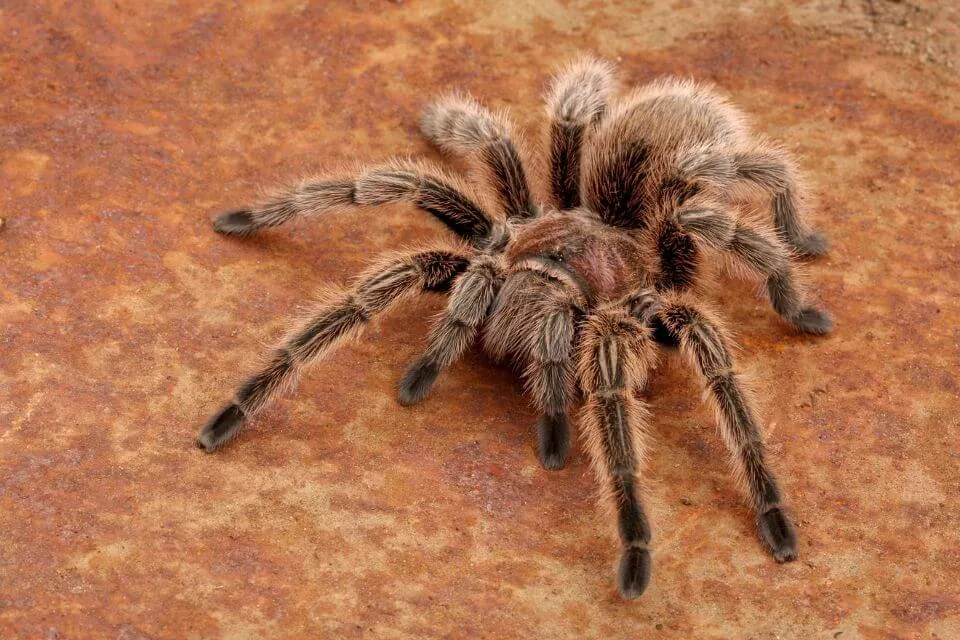Understanding Rose Hair Tarantula Heat Needs
Providing the right temperature is crucial for the health and well-being of your rose hair tarantula (Grammostola rosea). Unlike many pets, these fascinating creatures are ectothermic, meaning they rely on external heat sources to regulate their body temperature. Creating a suitable thermal environment is not just about comfort; it’s essential for their metabolism, digestion, and overall activity levels. Understanding these needs ensures you can provide the optimal living conditions for your tarantula to thrive. Without proper heating, they can become sluggish, stop eating, and become more susceptible to health issues. This guide provides comprehensive information on how to create and maintain the perfect heated environment for your rose hair tarantula.
Ideal Temperature Range for Rose Hair Tarantulas
Rose hair tarantulas generally thrive in a temperature range of 75-80°F (24-27°C). While they can tolerate slightly cooler temperatures, maintaining this range is ideal for their well-being. It’s important to provide a thermal gradient within the enclosure. This means having a warmer area where the tarantula can bask and a cooler area where it can retreat. This allows your tarantula to regulate its body temperature as needed. Using a thermometer is crucial to ensure you are providing the right temperatures and setting up the tank in the best area of your home is also important.
Why Temperature Matters for Rose Hair Tarantulas
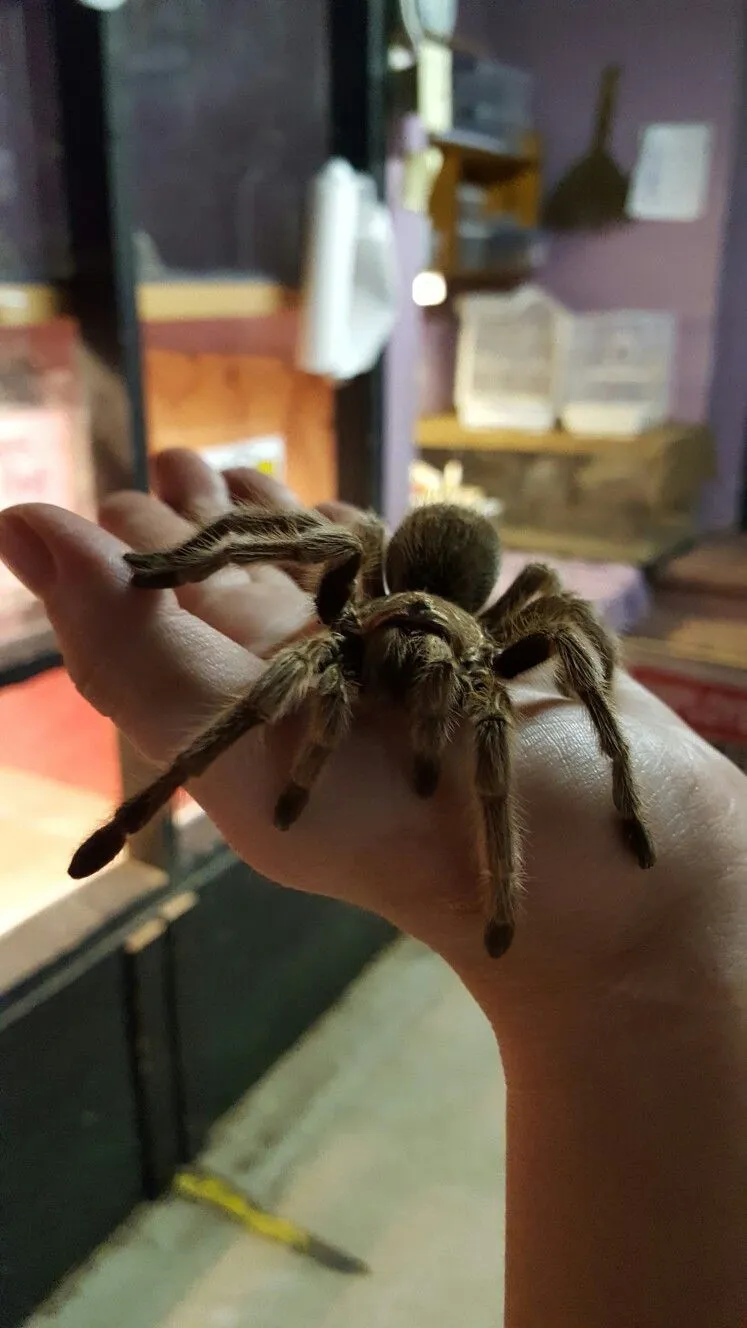
Temperature directly impacts a rose hair tarantula’s metabolism, which in turn influences its appetite, growth, and activity. Warmer temperatures speed up the metabolic rate, which means the tarantula will digest food more efficiently. This is particularly important during molting, a critical process for tarantulas. Molting requires a significant amount of energy, and the right temperature can help facilitate this process. Moreover, adequate warmth ensures the tarantula remains active and alert, allowing for natural behaviors like burrowing, web-spinning, and hunting.
Identifying Signs of Improper Heating
It’s essential to recognize signs of improper heating. If your tarantula is too cold, it may become lethargic, lose its appetite, and move very slowly. Conversely, if it’s too hot, it might be restless and try to escape its enclosure. Other signs of temperature-related stress include a lack of activity, hiding constantly, or unusual positioning within the enclosure. Regularly observe your tarantula’s behavior and use a reliable thermometer to monitor the temperature accurately. Correcting heating issues promptly is crucial to prevent long-term health problems.
Choosing the Right Heat Source
There are several heat sources available, each with its pros and cons. The best choice depends on your specific setup, the size of the enclosure, and your environmental conditions. Always prioritize safety and select equipment designed for reptile or tarantula use. Make sure to consider ease of use, energy efficiency, and the longevity of each heat source. Also, take into consideration where you live, as climate conditions also play an important role in the type of heat source you will need to provide for your rose hair tarantula.
Heat Lamps for Rose Hair Tarantulas
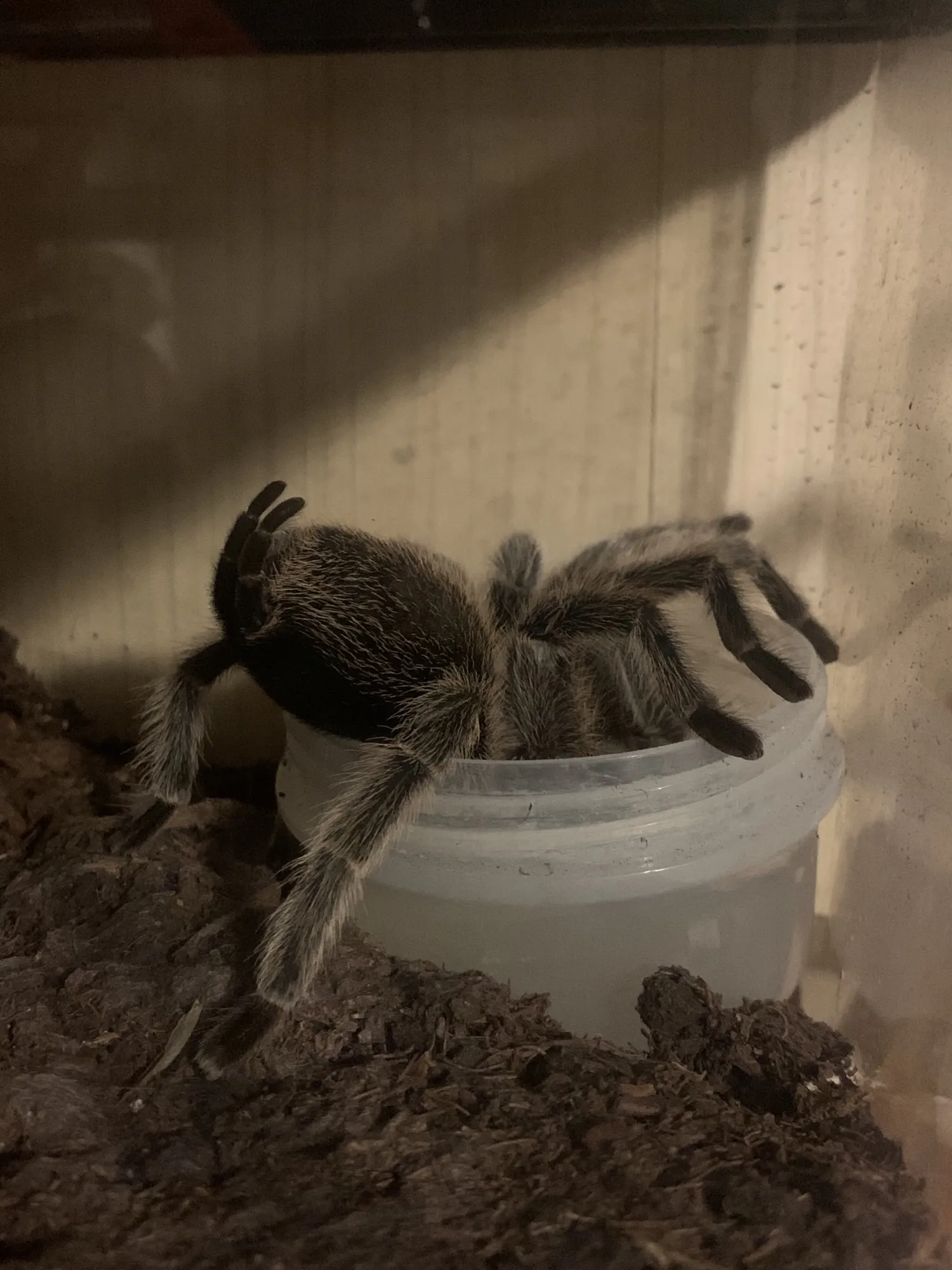
Heat lamps are a popular option, providing a focused source of heat and light. These lamps can create a basking spot, allowing the tarantula to thermoregulate. They come in various forms, including incandescent bulbs and halogen lamps. It’s important to use a lamp with the correct wattage for your enclosure size, ensuring it does not overheat the tank. Positioning the lamp correctly is also vital, making sure it’s far enough away to prevent burns and allowing for a temperature gradient within the enclosure.
Pros and Cons of Heat Lamps
- Pros Light and heat in one source
- Cons Can dry out the enclosure
- Pros Creates a natural basking spot
- Cons Can overheat the enclosure if not monitored properly
Under Tank Heaters (UTHs) for Rose Hair Tarantulas
Under Tank Heaters (UTHs) are placed on the underside of the enclosure, providing gentle, consistent heat. They are particularly useful for creating a warmer substrate layer, which can be beneficial for burrowing tarantulas. UTHs are generally safer than heat lamps because they don’t directly expose the tarantula to intense heat. However, it’s crucial to ensure the UTH doesn’t overheat the enclosure, so always use a thermostat. Monitoring the temperature regularly and selecting an appropriately sized UTH for your enclosure size is essential.
Pros and Cons of UTHs
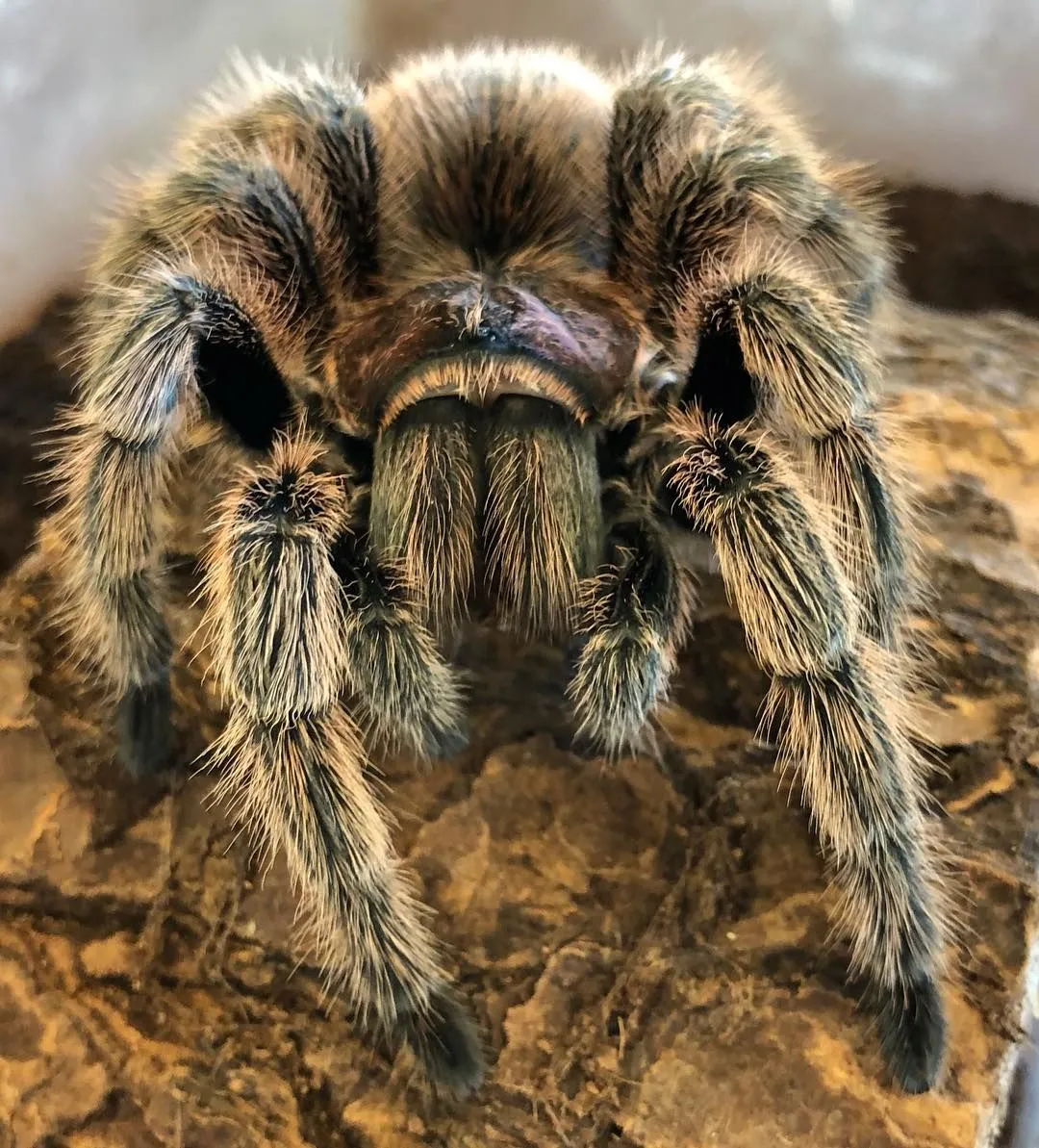
- Pros Provides a consistent heat source
- Cons Can dry out the enclosure if not used with a thermostat
- Pros Safer than heat lamps
- Cons Heating is concentrated on the bottom
Ceramic Heat Emitters (CHEs) for Rose Hair Tarantulas
Ceramic Heat Emitters (CHEs) are a great option for providing heat without emitting light. This is advantageous because it allows you to maintain a day/night cycle for your tarantula. CHEs screw into a standard lamp fixture and produce infrared heat. Like UTHs, CHEs require a thermostat to regulate the temperature and prevent overheating. They are a good choice for enclosures where you want to maintain a constant temperature without altering the lighting conditions.
Pros and Cons of CHEs
- Pros Provides heat without light
- Cons Can get very hot
- Pros Safe for the tarantula
- Cons Requires a lamp fixture and thermostat
Setting Up Your Heating System
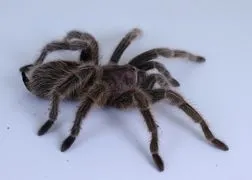
Correct setup is critical for the effectiveness and safety of your heating system. Proper placement, thermostat use, and temperature monitoring are all integral parts of the setup process. Neglecting any of these aspects can lead to an uncomfortable or unsafe environment for your rose hair tarantula. Always prioritize safety and ensure all equipment is suitable for the enclosure size and the specific needs of your tarantula. Take your time to ensure the perfect heating system.
Placement of Heat Sources
The location of your heat source depends on the type you choose. Heat lamps should be positioned above the enclosure, while UTHs go underneath. When using a heat lamp, ensure it is far enough away from the substrate to prevent burns, and create a basking spot for your tarantula to regulate its temperature. UTHs should cover only a portion of the tank bottom, leaving a cooler area. Consider the size and ventilation of the enclosure to ensure even heat distribution. Avoid placing heat sources directly against plastic or other flammable materials.
Using a Thermostat
A thermostat is an essential safety device. It controls the heat output, preventing overheating and maintaining a consistent temperature. Connect your heat source to a thermostat and set it to the desired temperature range. The thermostat will automatically turn the heat source on and off as needed. Investing in a high-quality thermostat is a wise decision to protect your tarantula from temperature fluctuations and ensure a safe, comfortable environment. Always calibrate the thermostat using a separate thermometer to ensure accuracy.
Monitoring the Temperature
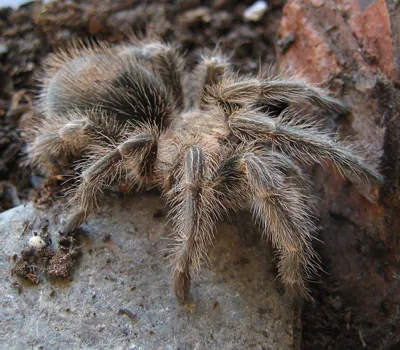
Regular temperature monitoring is a must. Place a digital thermometer with a probe inside the enclosure to track the temperature accurately. Check the temperature at least once daily, especially in the basking spot (if using a heat lamp) and the cooler area. Keep a log of the temperature readings to track any fluctuations and make adjustments to your heating setup as needed. This practice helps to ensure the stability of the thermal environment and catch potential problems early.
Maintaining Optimal Humidity Levels
Humidity plays a vital role in your rose hair tarantula’s health. Maintaining the correct level of humidity is just as important as providing the right temperature. Humidity helps with molting and keeps the tarantula’s exoskeleton flexible. In general, rose hair tarantulas thrive in low to moderate humidity environments. High humidity can lead to health issues, so it’s important to understand how to achieve and maintain the right balance.
Importance of Humidity
Humidity impacts your tarantula’s ability to molt successfully. During molting, the tarantula sheds its exoskeleton, and maintaining adequate humidity helps this process. Low humidity can make it difficult for the tarantula to shed its skin, potentially causing complications. However, too much humidity can cause fungal infections and other health problems. Therefore, finding the right balance is crucial for your tarantula’s well-being.
Achieving Proper Humidity
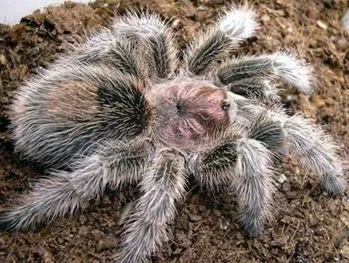
Achieving and maintaining proper humidity levels can be done using a few strategies. Misting the enclosure lightly with dechlorinated water every few days helps boost humidity. The substrate you choose also plays a role; substrates like coconut fiber or peat moss retain moisture better than other options. Make sure to provide a shallow water dish with fresh water at all times, which can help slightly increase humidity through evaporation. Regularly monitor the humidity using a hygrometer and adjust your methods as needed. Good ventilation is also necessary to prevent excessive humidity and mold growth.
Troubleshooting Heating Issues
Even with careful planning, issues can arise. Overheating or underheating can be dangerous, so knowing how to address these problems is essential. Addressing heating issues quickly can prevent stress and potential health risks to your rose hair tarantula. Regular observation and maintenance are crucial to keep your pet comfortable and healthy.
Overheating
Overheating can occur if the heat source is too powerful or if the thermostat fails. Symptoms include restlessness, lethargy, and the tarantula seeking cooler areas of the enclosure. If you suspect overheating, immediately turn off the heat source and allow the enclosure to cool down. Ensure the thermostat is working correctly and adjust the heat source as needed. Increase ventilation if possible and offer the tarantula a shallow dish with fresh water. Monitor the tarantula closely and consult with a veterinarian if the situation doesn’t improve.
Underheating
Underheating can be just as dangerous as overheating. Symptoms include sluggishness, a lack of appetite, and a slower metabolism. Check the temperature regularly and ensure the heat source is working. If the enclosure is too cold, adjust the heat source’s settings or consider a more powerful one. Ensure the thermostat is working correctly and is properly calibrated. Provide a warmer area for the tarantula to bask. If your tarantula continues to show signs of being too cold, consider consulting a reptile expert or a vet.
Common Heating Mistakes
Avoiding common mistakes can save you a lot of trouble and ensure a healthy environment for your tarantula. Knowing what to avoid will help you maintain a safe and comfortable environment. By being aware of these potential pitfalls, you can prevent common problems and ensure your rose hair tarantula thrives. Taking the time to create the perfect environment is key to a happy and healthy pet.
- Using the wrong heat source. Ensure it’s designed for reptiles/tarantulas.
- Failing to use a thermostat. This can lead to temperature fluctuations.
- Incorrect placement of heat sources. Follow the manufacturer’s instructions.
- Not monitoring the temperature regularly. Use a digital thermometer.
- Ignoring humidity levels. Maintain proper humidity levels.
- Lack of ventilation. Provide adequate airflow to prevent mold.
- Not providing a thermal gradient. Have a warmer and cooler area.
By following these guidelines, you can successfully heat your rose hair tarantula’s tank and provide a comfortable and safe environment. Remember to observe your tarantula’s behavior and adjust your setup as needed to ensure its well-being. With proper heating and care, your rose hair tarantula can live a long and healthy life.
